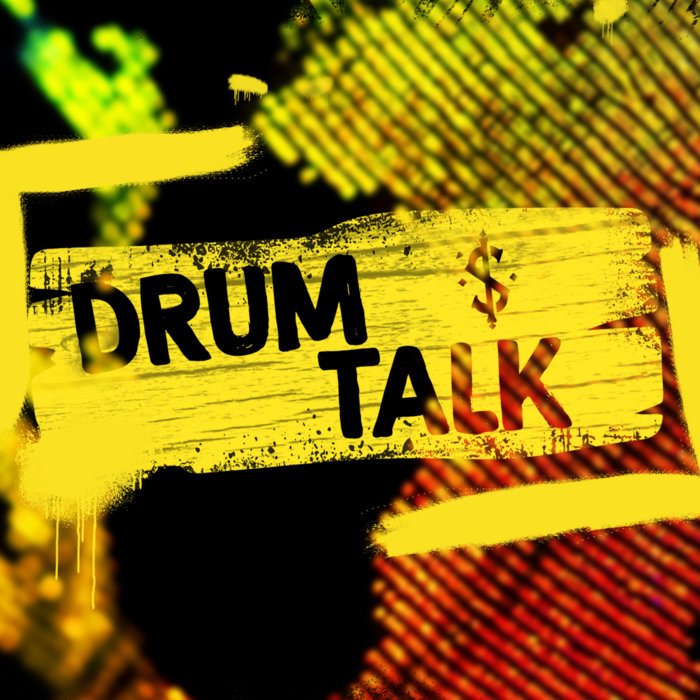
:brightness(-4)/product/121511-4-Volcom-FrickinModernStretch.jpg)
This article will show you how to convert images into a video using two different tools: FFmpeg and the Shotstack API. You can even make the slideshow more engaging by adding text as well as other graphical effects. Here is a screenshot of what it looks like.Slideshow videos offer a great way of taking individual photos and turning them into more meaningful and complete stories told via video. The order of stacking follows the order of inputs. You need to specify the number of inputs and it parses that from the beginning portion of the commandline. ffmpeg -i input0.mp4 -i input1.mp4 -filter_complex hstack=inputs=2 horizontal-stacked-output.mp4 The command line is shown below where we try and stack two mp4 videos. The videos need to have the same pixel format.




 0 kommentar(er)
0 kommentar(er)
